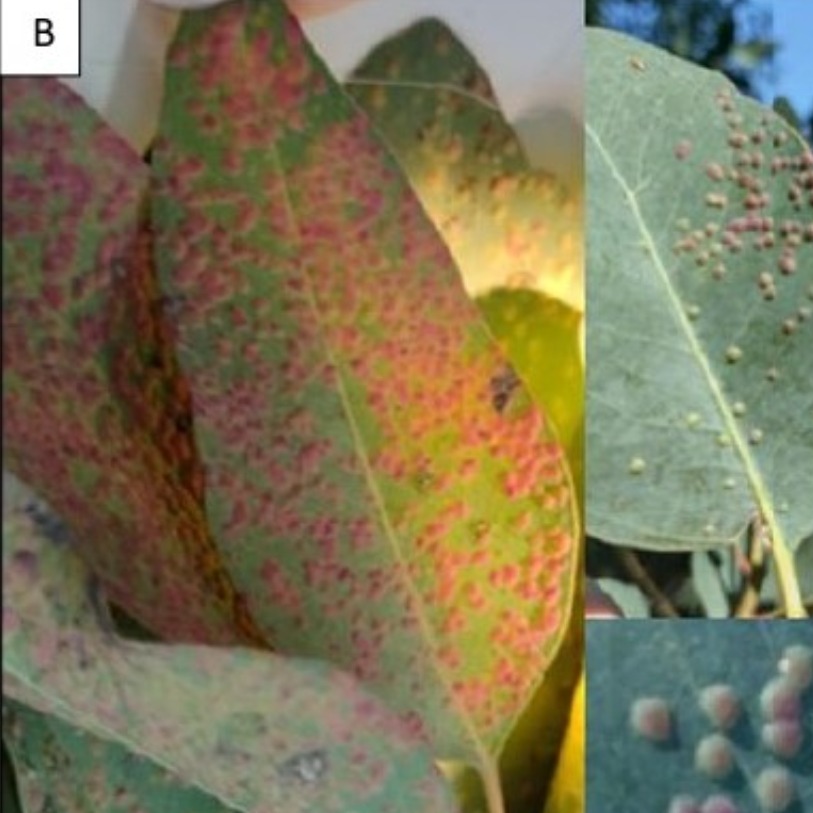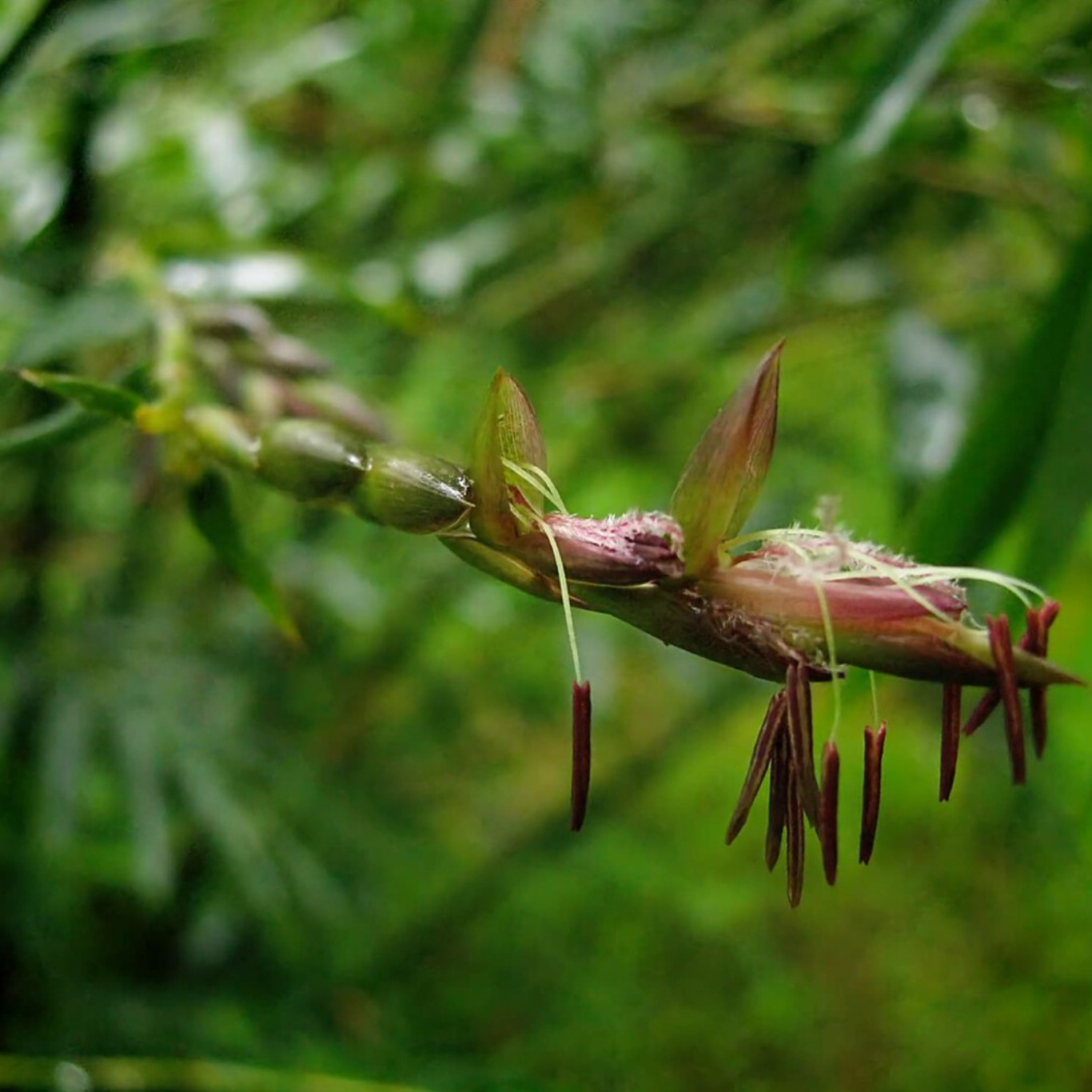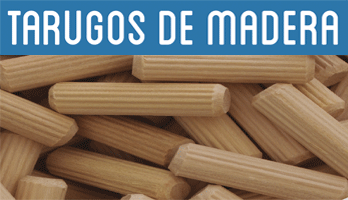
Forest pests | Study undoneing damage to the stubstant of the leaves of the eucalyptus and their associated parasitoids
Rocío Buyatti, Carmen M. Hernández, Lucas Candás and Silvia López of the National Institute of Agricultural Technology (INTA), Center for Research in Veterinary and Agronomic Sciences (Cicvya), Institute of Microbiology and Agricultural Zoology (IMYZA) of Hurlingham, Province of Good AIRES, share the results of studies that carry out for the identification and management of the pest. There are numerous species of insects, associated with eucalyptus, which are originally from Australia, and that invaded the rest of the world transforming into important pests. Among them are defoliators and stirring insects
In this article we will focus on the species of the genus Ophelimus inducing guts in eucalyptus. But what are the guts? They are anomalous structures that are developed in the tissues or organs of plants in response to the presence of certain inducing insects. Morphological and physiological both in plant tissues. Inducting insects find in the guts shelter and food. , parasitoid (which parasitate and develop at the expense of other insects) and hyperparasitoids (which parasitate the parasitoids). Actually, the group of ecology and biological control of pests of the imyza (INTA Castelar) is studying the wasps of the genus Ophelimus that They induce guts on the leaves of eucalyptus. In Argentina, at least two species of this genus have been identified. Studies are being carried out to evaluate aspects of the biology and ecology of these pest species, relevant for identification and management. The species Ophelimus maskelli is one of the most studied worldwide. In intense attacks, eucalyptus leaves are densely covered with guts and trees can have serious levels of discarding and premature fall of leaves. In 2013, the presence of O. Maskelli was reported together with its biocontroller, the closterocerus chamaeleon parasitoid in Eucalyptus camaldulensis. It has not yet been identified at the specific level, so we call it OPHELIMUS SP.I 1 mm). Likewise, the guts produced by both species differ in their external morphology which allows them to be recognized in the field. Airs, with the aim of identifying the species of the genus Ophelimus, their biocontrollers and determining their abundances.These activities are framed in a doctoral scholarship granted by CONICET to Ms. Rocío Buyatti, under the direction of Dr. Silvia López and co -direction of Dr. Carmen Hernández.
IT MAY INTEREST YOU
 After 120 years of growth, a Japanese bamboo has just flourished. And that is a problem
After 120 years of growth, a Japanese bamboo has just flourished. And that is a problem
Phyllostachys nigra var. Henonis is the scientific name of this curious plant who goes for a walk through the countryside or through the parks of his city can still find numerous flower plants, while many others are already paying off. Many of the plants around us bloom, bear fruit and repeat this part of their reproductive cycle the following year. Others take a little longer
 Why are the trunks of some trees white
Why are the trunks of some trees white
White or wrapped painted of tree trunks is a common practice that goes beyond aesthetics. In various places, streets and even rural areas, this technique that has specific purposes for their protection, especially those youngest or vulnerable can be observed.
 Six bedrooms where wood is the main protagonist
Six bedrooms where wood is the main protagonist
Wood is a material that has transcended decades of design and has earned the hearts of all styles. Inspir yourself to apply it in the decoration of your bedroom and prepare an ideal refuge for rest





















